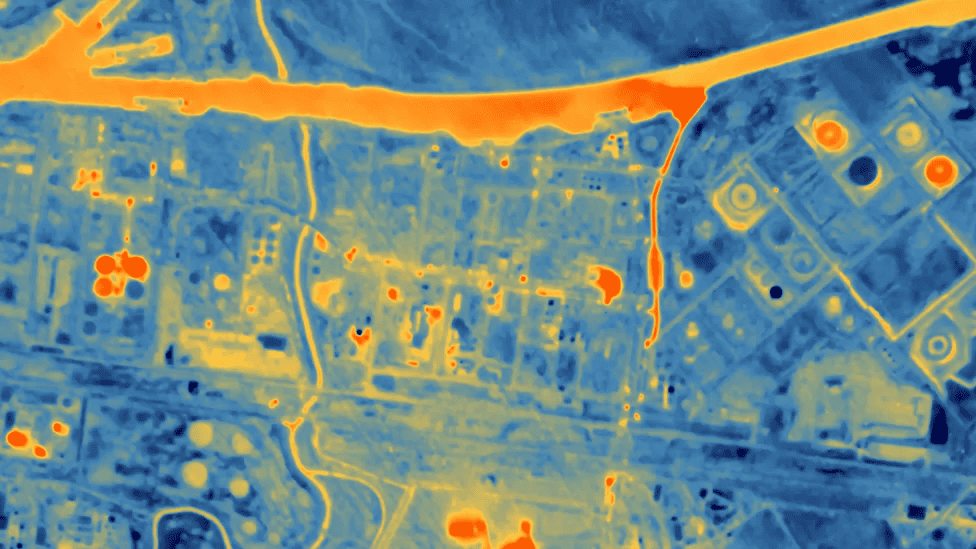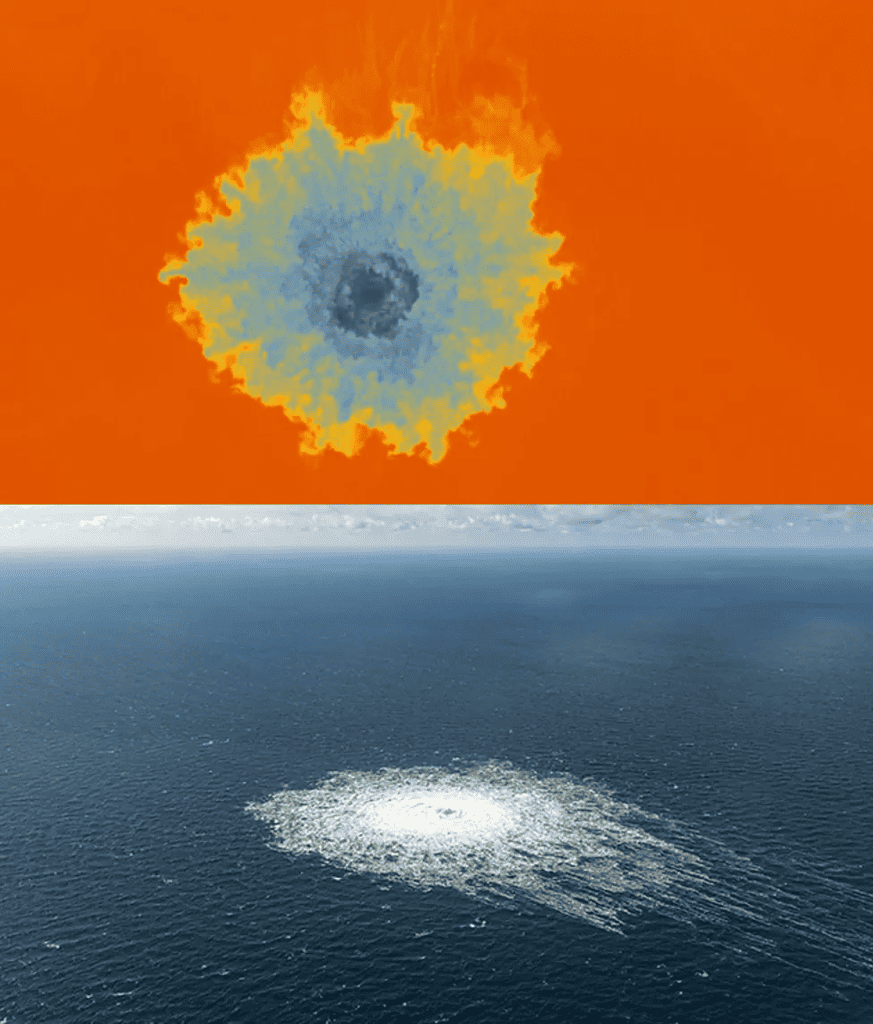If you’re trying to look at something at 500km (311 miles) away, the odds are you won’t see much. But the HotSat-1 satellite has enough resolution to see individual rooftops and walls. Furthermore, it has sensors to see if the buildings are leaking heat and should be better insulated. It’s the eye in the sky we need to make our buildings more efficient and eco-friendly.

Sustainability is a difficult concept to tackle and often requires a mixture of solutions. Take the UK, for instance. The UK has some of the most inefficient housing in Europe, with the vast majority of dwellings built pre-1970 — and many houses dating from over 100 years ago. So if you want the UK to be more sustainable, one of the simplest things you could do is insulate buildings.
Much has been said about the UK’s inefficient buildings and how this could be a simple way to not only reduce emissions spent on heating but also save people a lot of money. But mapping buildings can be time-consuming and inefficient. Luckily, now there’s a better way to do it: from the sky.
The UK and European space agencies have developed an infrared sensor that was launched on a SpaceX Falcon-9 rocket from the Vandenberg Space Force Base in California. The sensor can measure the heat output from any building on the planet, showing where it’s most important to deploy better insulation.

The satellite is operated by the London-based start-up Satellite Vu, which plans to launch 8 satellites that operate as ‘thermometers in the sky’.
“There is grant money there to improve insulation, but for councils and utilities there is a challenge in knowing where best to apply it,” said Satellite Vu CEO Anthony Baker.
“With city-wide data, we’ll be able to show you the worst 20% of buildings very quickly. And after the upgrades are done, we can check to make sure that it’s done well.”
Surrey Satellite Technology, which manufactured the satellite, also seemed to relish working on the project.
“It’s been a fun project to work on, very fast-paced,” said SSTL engineer Ellie Sargeaunt.
“We only started integrating modules properly for the satellite in January/February. We’ve now got a second satellite in manufacture for launch next year. And then, hopefully, six more to come.”
There’s much that can be done with this data, it’s not just about retrofitting buildings. For instance, the satellite could highlight urban areas that get very hot, directing city planners to plant trees in key areas and fight the urban heat island effect. It could also highlight areas that are leaking heat or pinpoint areas of pollution monitoring and sudden changes in water temperature.
The company hasn’t mentioned whether the satellite could also be used to catch people illegally growing marijuana, but it sounds like a reasonable assumption (though definitely not the main focus of the technology).

Ultimately, this type of satellite represents a significant leap forward in our ability to monitor and improve the energy efficiency of buildings on a global scale.
This innovative approach, which provides a clear, comprehensive view of heat output from buildings, enables us to identify problem areas and prioritize them for insulation upgrades. The data gathered could inform urban planning strategies, helping to mitigate the urban heat island effect and improve the overall livability of our cities.
It’s not going to solve global warming or address the energy crisis by itself, but this type of tool can make a difference by providing valuable information.
Hopefully, policymakers will make good use of this information.









